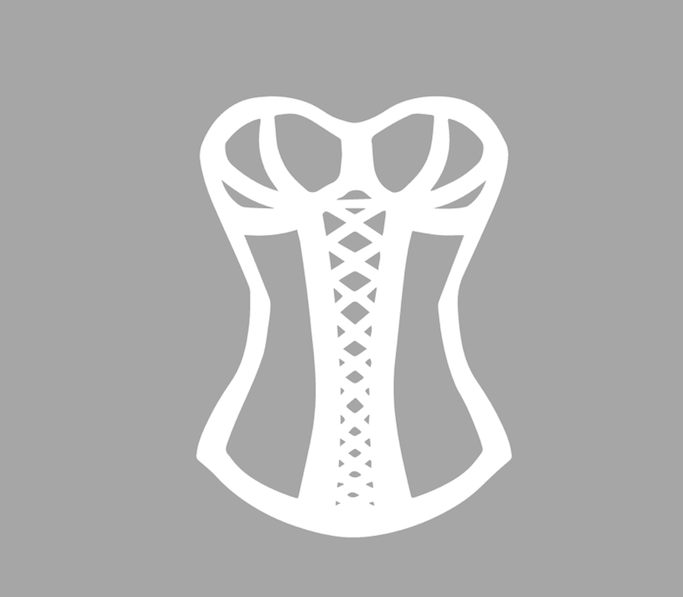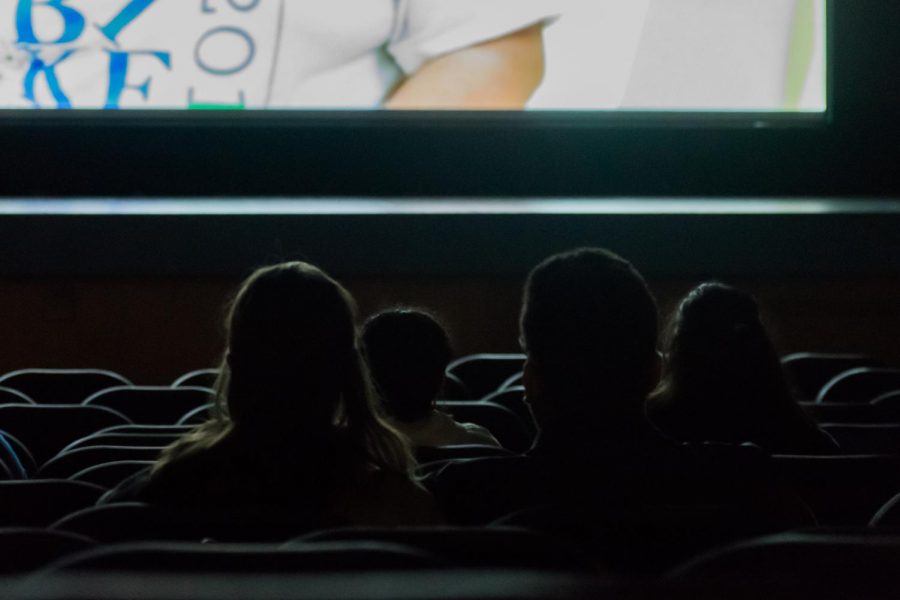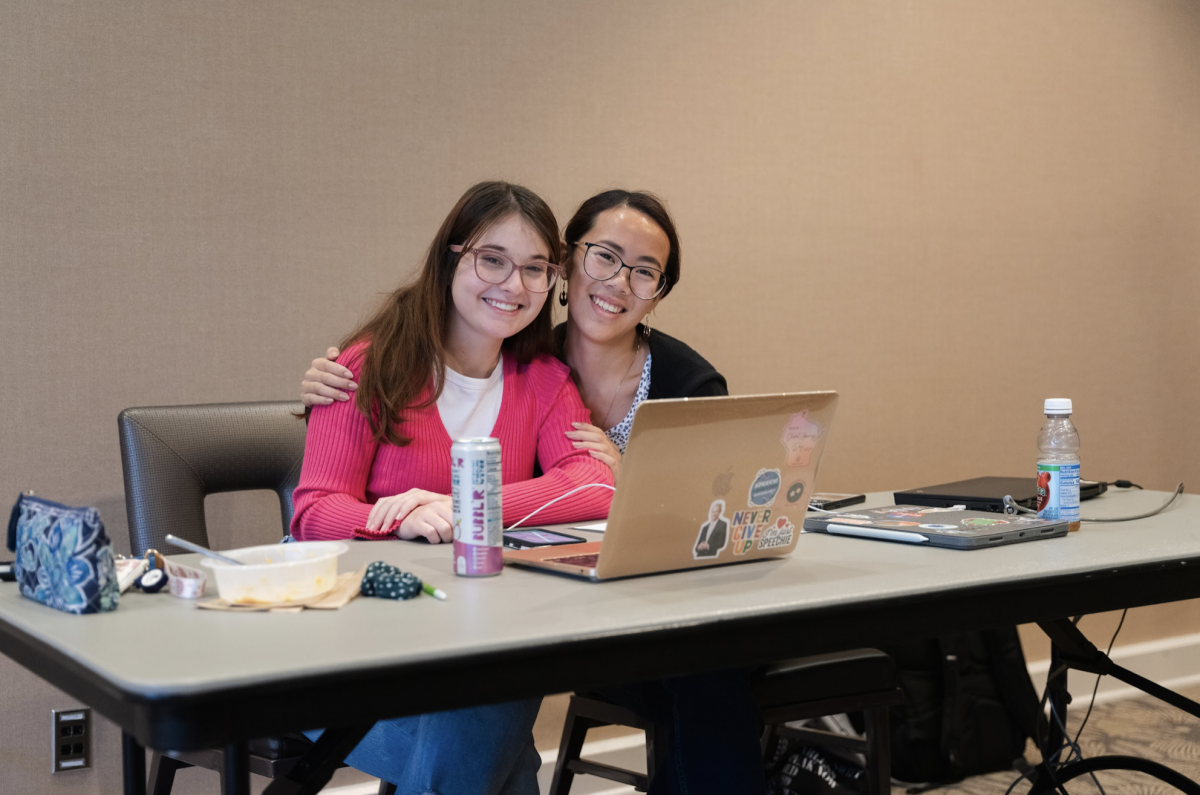 Walt Disney created a fantastical universe for both children and adults with his classic animated movies, transcending the world of reality. Walt and his brother Roy signed a contract with M.J. Winkler in 1923, thus beginning an imaginary adventure filled with talking animals and memorable songs.
Walt Disney created a fantastical universe for both children and adults with his classic animated movies, transcending the world of reality. Walt and his brother Roy signed a contract with M.J. Winkler in 1923, thus beginning an imaginary adventure filled with talking animals and memorable songs.
Almost all Disney movies are based on fairy tales and folk tales from different countries and the characters within the movies directly reflect the aesthetics of people within those countries.
The movies are based on certain time periods, and when you change the characters, clothing and sound of the film, that is taking the movie out of its historical context. There is a reason we do not see African-Americans in “Mulan” or “Cinderella” and that is because of the time period in which the stories were written and the areas in the world where they are based.
“Mulan” is based on the Chinese poem title “Ballad of Mulan.” The poem describes a young woman who joins the army instead of her father and serves her emperor for 12 years. The clothing, backdrops and people within the movie are all reflective of China during either the Northern Wei or Tang Dynasties. The same thing appears in 2009’s “The Princess and the Frog,” based in New Orleans and its bayous.
People say Disney films are racist and sexist, and I would agree. But I agree because of everything that has happened from the times the stories were written to today. There has been a plethora of civil rights movements to address racism and sexism nation and worldwide. Because we live in a melting pot, it is difficult to separate our situations from the historical context these fables are based on and therefore it is easy to say we need different portrayals of groups in order to diversify this genre of films.
Rather than attempting to recreate the past by adding a 20th century spin to it, people should compose new pieces of work comprised of the diverse and more accepting culture of this generation. Or, write story lines where the plot reflects the continuing struggles of racial diversity and gender equality rather than trying to force these on old fables and conforming to their outdated content.
It isn’t until we are older we realize the social constructs and stereotypes created by past generations and reinforced by ours.
The company Always recently created an ad campaign, #LikeAGirl, in which girls and boys of two different age groups were asked to act out certain actions. When the director called out actions, like “run like a girl” or “fight like a girl,” the older group responded with the stereotypical dainty movements.
When the younger group acted, they ran with speed and power and fought by throwing uppercuts and jabs. We have an honest and innocent view of the world, unaffected by stereotypes. It isn’t until we hit puberty that we start comparing ourselves to others.
I wanted to be a Disney princess when I was younger because of their beautiful, ornate dresses and enchanting love stories. I did not think of the social situations present because I was not aware they even existed as a five-year-old.
I do not believe Disney had an agenda of brainwashing young boys and girls. I don’t think boys were tricked into thinking they should be the strong figure that saves the damsel in distress and that girls should be a weak, fragile version of beauty incapable of helping themselves. It was not until I was older, and heard people explain the racist and sexist overtones within Disney movies, that I even thought about the messages they send to young people.
Instead of revisiting old movies, we should create new ones for the current and future generation of children teaching them the meaning of equality and acceptance.







